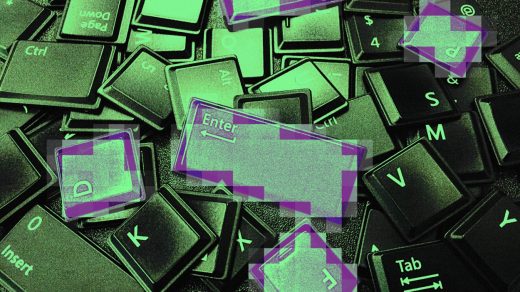Nonprofits release free tool to detect AI-written student work
As concerns rise about students’ use of generative artificial intelligence like ChatGPT to complete schoolwork, a pair of education nonprofits have created a free system to help teachers detect AI-assisted essays.
The tool, called AI Writing Check, was developed by the writing nonprofits Quill and CommonLit using an open-source AI model designed to detect the output of ChatGPT and related systems. It enables teachers (or anyone else) to copy and paste text and within a few seconds receive a determination on whether the work in question was written by ChatGPT.
AI Writing Check, which the nonprofits began to develop in December, comes as surveys indicate growing concern among teachers over machine-generated essays. Other tools, including one called GPTZero, have also been released recently to detect automated writing.
“We need to give teachers the tools so they can preserve academic integrity in lessons, because you’re only a seventh grader once,” says CommonLit CEO Michelle Brown. “It could really, really harm students if they go through even one school year not getting a chance to do the heavy lifting we did in seventh grade.”
Concerns about AI-generated academic work include worries about honesty and integrity, with a recent Stanford Daily article explaining the unauthorized use of the tool to do student work is likely a violation of the university’s honor code. Some K-12 school districts, including New York City’s, the largest U.S. public school system, have taken steps to block ChatGPT on school devices and networks, though there’s little they can do to prevent students from accessing the tool and others like it elsewhere. ChatGPT, a free AI tool built by OpenAI, can accurately answer a wide variety of questions in a matter of seconds—including the types of prompts given to students for papers and take-home exams.
AI Writing Check isn’t perfect: The nonprofits estimate that it’s between 80% and 90% accurate, based on a test set of about 15,000 essays, and they emphasize that teachers should take additional steps like comparing suspect work to previous student assignments before assuming a given essay is plagiarized.
It’s also not likely the last salvo in what’s shaping up to be an arms race of sorts between those using who are using AI to generate text and those, like teachers, employers, and editors, who are looking to spot unauthorized use of such tools. Quill founder and executive director Peter Gault suggests future detection tools might look into the revision logs generated by modern word processing software like Google Docs or Microsoft Word, revealing how essays were crafted rather than just the end product. That’s something recent reports say some educators are already starting to do manually, in some cases even requiring more handwritten work.
“Over time, more sophisticated tools will develop, but right now this is an immediate problem where teachers are looking for solutions,” Gault says, noting that the nonprofits’ philanthropic funding will enable them to reliably support AI Writing Check as a free tool for years to come. Quill and CommonLit have already used AI as a means of giving improved feedback on student writing.
“We want to make sure,” he says, “that under-resourced schools, schools with limited budgets, have the ability to use these tools, so these will be free.”
(35)



